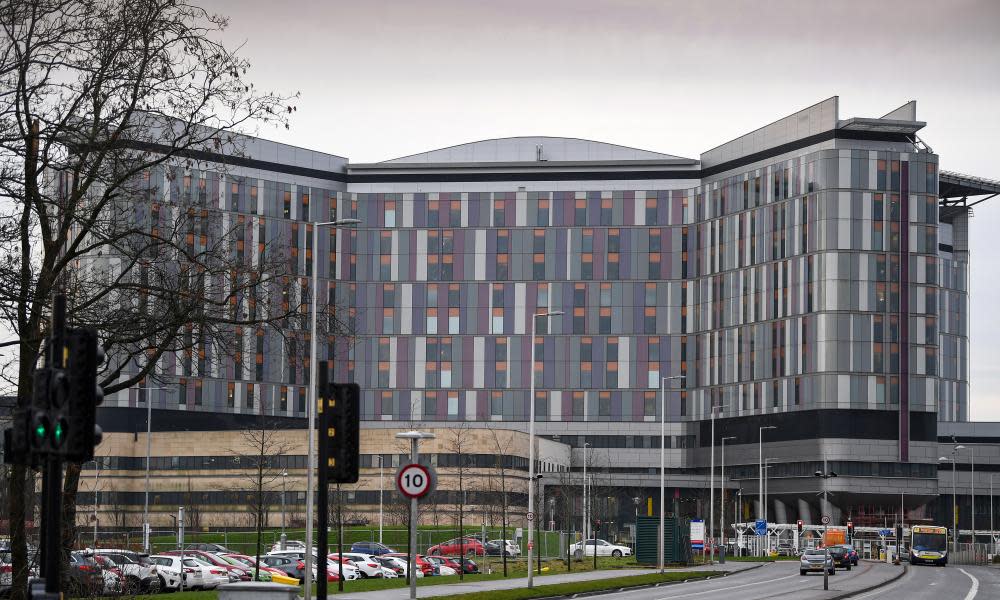Glasgow hospital design to be reviewed after pigeon infections

An infection linked to pigeon droppings was a “contributing factor” in the death of a child at Glasgow’s flagship Queen Elizabeth University hospital, the Scottish health secretary, Jeane Freeman, has confirmed.
Freeman made the announcement as she ordered a review of the design of the hospital following the deaths of two patients last month who had both been infected. The other was an elderly patient who she said had died from an unrelated cause.
“In November, the bacteria cryptococcus was identified in one patient. That patient was discharged for palliative care and sadly subsequently died in late December, but cryptococcus was not a contributing factor in their death,” she told MSPs.
“In December, a postmortem of a child who had passed away confirmed that cryptococcus was both present and a contributing factor in their death.
“I know I speak for the whole chamber when I say to both families that our thoughts and sympathies go to them.”
NHS Greater Glasgow and Clyde, which has launched an inquiry into the deaths, said the likely source of the infection, a water leak, had been identified and repaired.
Following the discovery of the infection in December, NHSGGC also confirmed a small number of vulnerable patients were given medication to protect them against the airborne infection while portable air filter units were installed in specific areas as an additional precaution. There have been no further cases reported.
Freeman commended the health board for dealing with the current infection “thoroughly”, but added: “We need to be absolutely sure about the current state of this infrastructure – what do we need to fix, how has that arisen and what are the lessons for our buildings elsewhere in the health service.”
Scottish Labour’s health spokeswoman, Monica Lennon, challenged Freeman on a “laundry list of problems” at the £842m facility since it opened with much fanfare in 2015, arguing a review was long overdue.
“Problems at the hospital were reported as far back as February 2016, when sewage leaks saw operations cancelled. In December 2017, cladding had to be removed from the hospital due to similarities it shared to the material used on Grenfell Tower,” she said.
“In August 2018, a glass panel crashed 10 floors from the hospital, and last month, we saw reports of bacteria in the water supply at the cancer ward at the children’s hospital on the campus.
“That is a laundry list of problems which should have set alarm bells ringing at any hospital, never mind Scotland’s flagship hospital.”

 Yahoo News
Yahoo News 
